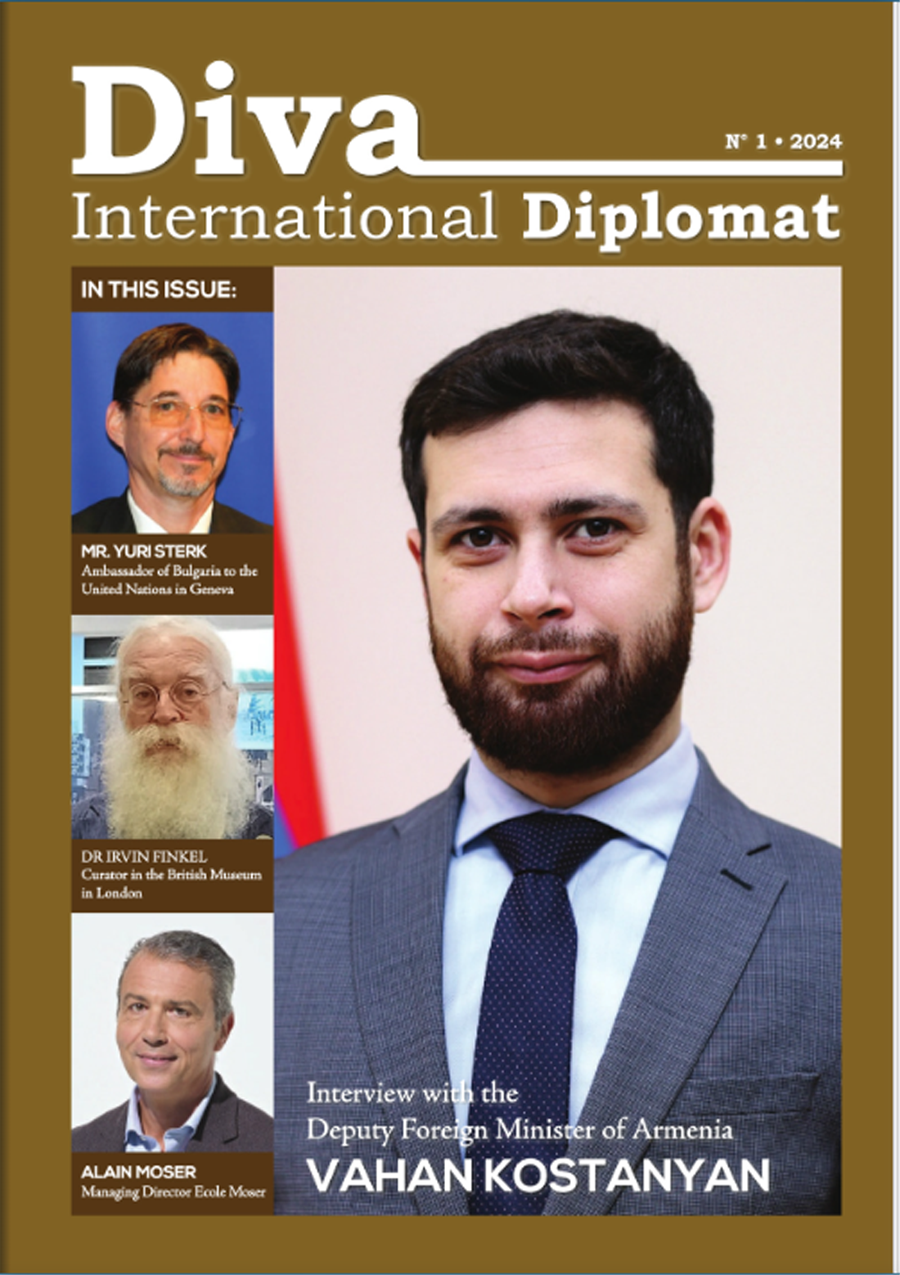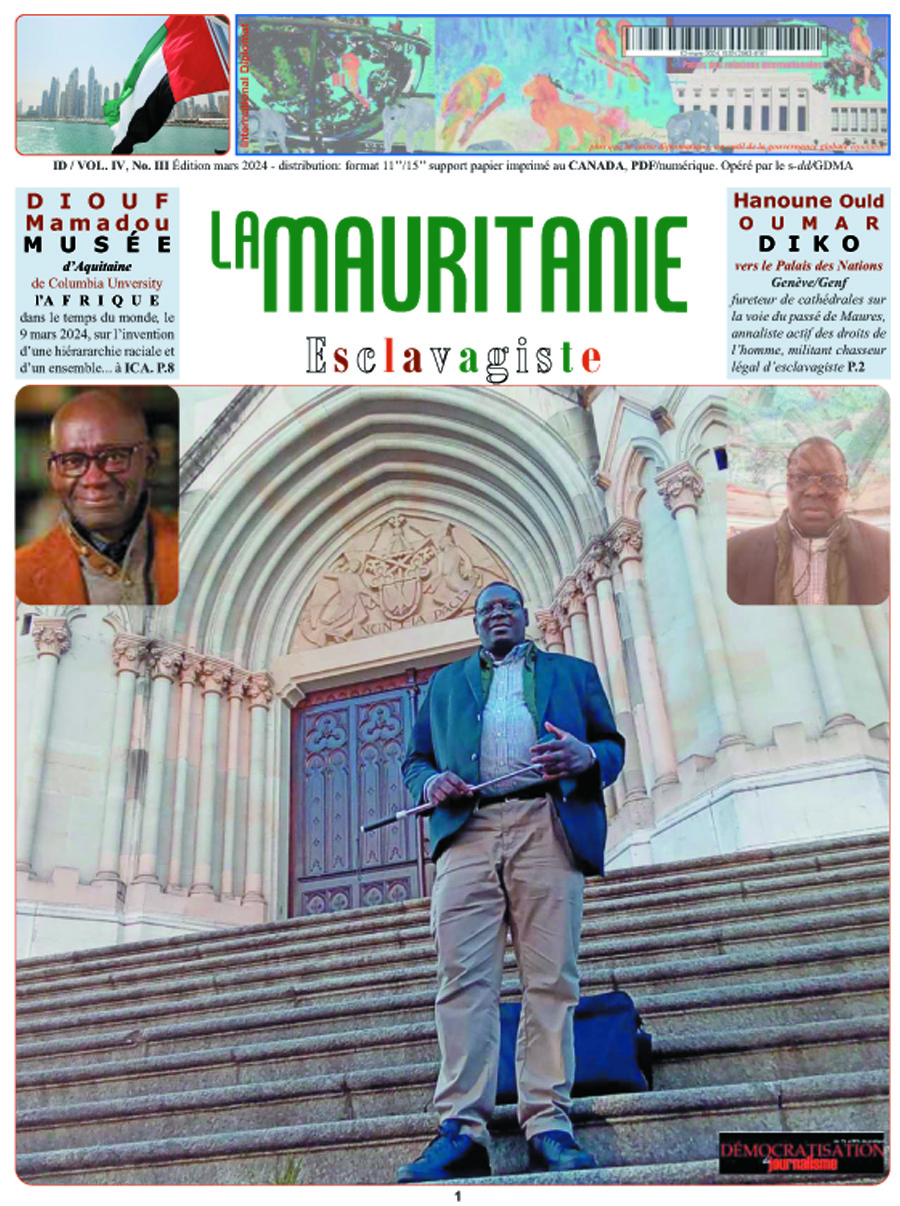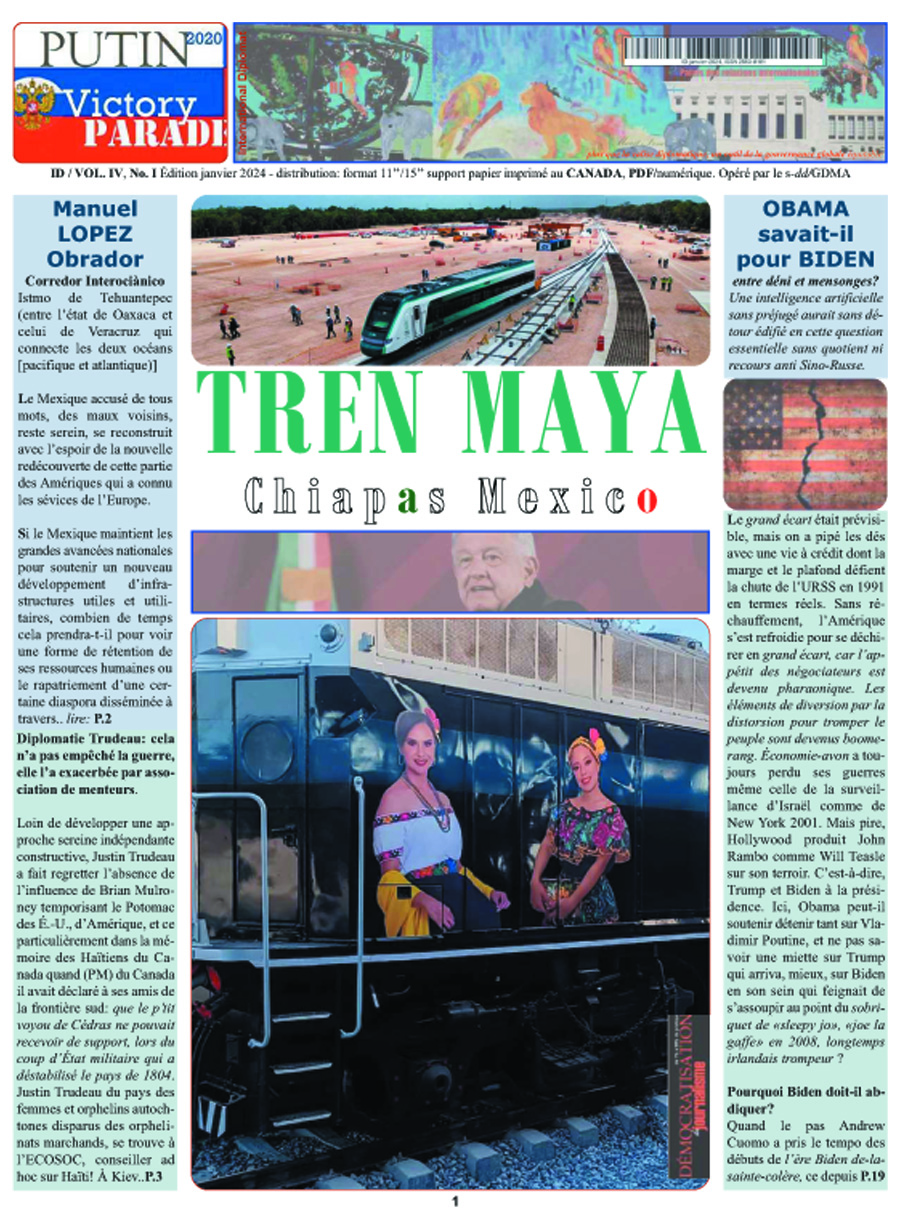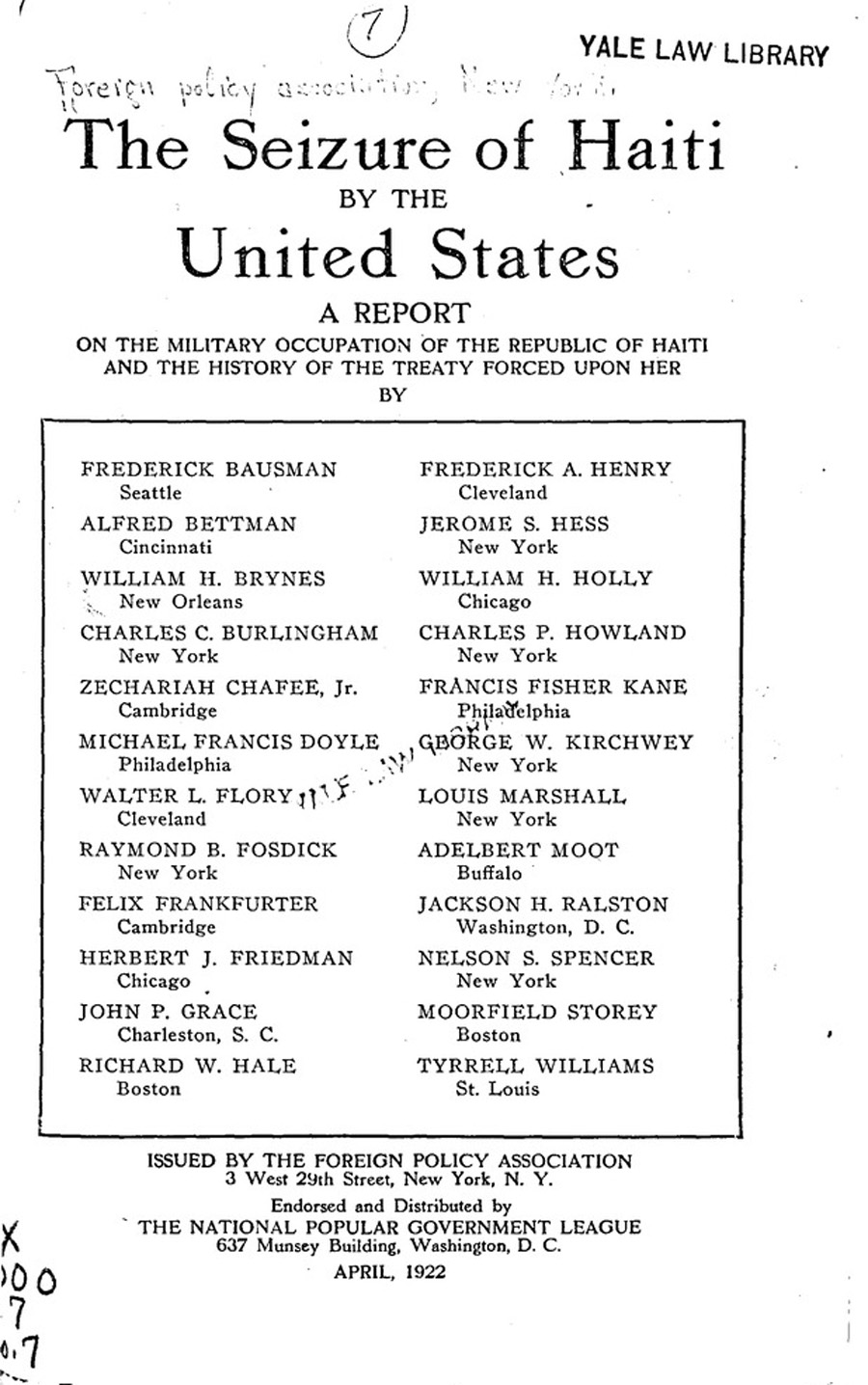
When you think about meteorology, all you want to know is whether the sun will come out tomorrow –– rarely do you realise that it’s a highly scientific profession that spans the whole globe every moment of the day and night. Here in Geneva we are very fortunate to have the World Meteorological Organization –– WMO. However, it is so specialized and technical that perhaps we do not understand the importance and implications of its work. The organization will soon elect a new Secretary-General to succeed Michel Jarraud, who has led the organization since 2004. We had an opportunity to meet the sole female candidate in the upcoming elections, Ms Elena Manaenkova, at present Assistant Secretary-General. Her name is very well known both in the field of meteorology and also among other scientists and in academia around the world. There is no secret why the Nigerian Professor Obasi –– a former secretary-general and a legend in the meteorological world –– with his high standards and high expectations of excellence asked her to join the organization, giving up a brilliant scientific career in her native country –– Russia –– in order to do so. Ms Manaenkova is a discrete person preferring to promote the work of others before her own. So let us give her the floor.
Q: You are a trained meteorologist and have now been Assistant Secretary-General of WMO for five years. What can women in particular contribute to the field of meteorology?
I believe, the role of women is critical for weather and climate resilience. Both female and male meteorologists, hydrologists and climatologists exercise on a daily basis:
-
Protect lives and property in the event of extreme weather and natural disasters;
-
Boost economic prosperity by providing industries with critical weather and climate information;
-
Provide advice to health authorities about environmental issues affecting our health;
-
Support the sustainable management of water supplies;
-
Provide farmers with crucial information with regard to planting, irrigating and harvesting; and
-
Work on improving our scientific understanding of how the atmosphere, ocean and land interact.
At the community level, women play a crucial role in building community resilience. They are very effective at mobilizing communities in the event of disasters. They are at the frontline of disaster recovery and have a clear understanding of what strategies are needed at the local level. Women further hold key knowledge and play a pivotal role in natural resources management, thus contributing to building livelihood strategies that are adapted to the changing environmental realities. In transboundary water management, women’s involvement is crucial due to their skills in conflict prevention and resolution.
In governance, female participation in WMO constituent bodies still does not exceed 20% on average, and the picture is not too much different at the national level.
But whereas all this expertise is extremely valuable in policy and decision making for disaster and climate risk resilience, women are still too few in governance, management, research and decision making. As we build weather and climate resilient societies, we absolutely require the critical leadership and involvement of women. We need them as scientific researchers, as key actors in disaster risk reduction, climate adaptation and mitigation, as weather forecasters, as agrometeorologists, hydrologists and climatologists, as agents of change.
But whereas women form an invariable part of our work in weather and climate, a survey that WMO recently conducted revealed that they comprise only a third of the global workforce at national meteorological and hydrological services and that only one out of five senior managers is a woman.
Studies conducted by UNESCO demonstrate that women are underrepresented in both basic scientific research and at the decision-making levels. UNESCO also talks of a “gender bias” where women and girls are deterred from studying science.
On a more personal note, I count myself very fortunate to have had educational opportunities wide open to me, and, as a woman, I was able to pursue a successful career in science and meet my professional aspirations. I was supposed to become a professional pianist as my mother. I understood quite early that I was not meant for a professional career in music and went on to study geophysics and geography. It was really my passion because ever since childhood I have been reading about natural sciences and geography and I still like that kind of environment. And yet, I remember that when I was a young university student, my fascination for oceans and marine life could not translate into an academic degree in oceanography as I was told that this was a field for men only. Meteorology and hydrology was supposedly more fitting to a woman. And I was good at mathematics, so I obtained a Ph.D. in Mathematics and Physics. Since then I enjoyed my every day in meteorology for nearly 30 years, first in Russian Hydrometeorological Services where I worked on numerical models and satellite meteorology, and my last 12 years at the WMO Secretariat, where I have hold positions of Director of Research, Director of Cabinet and finally joined the executive team in position of ASG. Meteorology is an exciting job, and it knows many women prominent scientists.
Q: Numerical weather forecasts and remote sensing? Do you need a lot of mathematics to do this kind of thing?
Certainly, meteorology is very firmly based on mathematics and physics. Climate and weather systems are extremely complex. I worked in numerical weather for the first few years. Then in the late 80s we entered an era when satellites, especially meteorological satellites, went digital. Before satellite information was transmitted as facsimiled pictures so that the forecaster could see the synoptic situation, cloud formations, etc. Then satellite technology had reached a new stage and they began to provide numerical data and a range of parameters that could be retrieved from remote sensing data on the state of the atmosphere, oceans and land raised tremendously. These new data, especially over the vast ocean areas previously not covered with conventional observations, contributed to considerable improvement of the accuracy of weather forecasts. And my job was to develop methods and tools for application of satellite data in numerical weather prediction and various environmental applications. All these developments were taking place when I was a young scientist. I’ve always had an appetite for new challenges and ambition for finding solutions, in the end, I have become quite well known in the atmospheric science and satellite meteorology communities and got deeply involved in international cooperation.
Q: Do you still have time to do research?
Unfortunately not, now my role now is to support global international collaboration in meteorology. At the WMO I had privilege to work with global scientific community in a number of programmes of historical significance. For instance, I was part of the key team organizing and realizing the wide-ranging multidisplinary initiative of WMO and ICSU, the International Polar Year 2007-2008; in 2003 organized the internationally highly esteemed research programme THORPEX that was successfully completed in 2013, and launched the WMO Bulletin on Greenhouse Gases currently widely recognized and appreciated. Later in 2009 I organized the high-level segment of World Climate Conference – 3 with wide representation of UN system and other partners, developed and negotiated the governance mechanism for the Global Framework for Climate Services (GFCS) and facilitated the unanimous approval of the Intergovernmental Board on Climate Services by the Extraordinary Congress in 2012.
Q: Why is meteorology so important?
Weather, climate, hydrological and environmental information and prediction services are recognized for their essential contributions to the protection of life and property from meteorological and hydrological hazards including severe storms, excessive heat, droughts and floods. Furthermore, they also underpin economic growth in sectors including agriculture and food production, transportation, energy and water resources. High impact weather and climate extremes are likely to occur with greater frequency and intensity due to climate variability and change. And today, these cchanges in weather, climate, water, the chemical composition of the atmosphere as well as other related environmental conditions, like e.g. caused by space weather effects, are having compelling consequences for the environment and for the prosperity of nations. Investments to strengthen monitoring infrastructures and improve the quality of weather, climate and hydrological predictions can result in effective disaster prevention and socio-economic planning.
The implications of changing weather, climate, water and related environmental conditions are escalating the demand from governments, institutions and citizens for more useful and reliable information, products and services. The WMO and its Members’ National Meteorological and Hydrological Services (NMHSs) play a foundational and authoritative role in the provision of these products and services. This demand is also fuelling growth in value-added private sector service providers.
Q: Therefore, WMO is far more important in our lives than we imagined. Why are you not more proactive in promoting your work?
Over the past years, WMO has become a highly respected organization that is recognized for its competence, expertise and the benefits it provides its Members. 2015 marks a turning point. This year, States will agree on a new global sustainable development agenda for the next 15 years that recognizes that natural disasters and climate change, food and water security, among other challenges, have to be addressed in an integrated way. The new Sendai Framework for Disaster Risk Reduction 2015-2030 has been recently adopted. The new climate change agreement under the UNFCCC to come into force by 2020 will determine a climate-resilient future. The UN Beijing+20 review (20 years since the adoption of the Beijing Platform of Action at the Fourth World Conference on Women) shows that stark gaps remain in women’s and girls’ lives, and calls to step up efforts to achieve gender equality and women’s empowerment. All these global agendas are interdependent and interrelated. They are of significant importance to WMO and will determine the Organization’s future direction.
Meteorological, hydrological and climate services play a key role in ensuring social and economic benefits. Disaster and climate risk management is becoming a norm in all sectors of economy and social life. This is a moment of great responsibility and great opportunity for WMO. The demand for WMO and the expertise, information and services of its Members’ NMHSs has never been so high. WMO should and can respond by providing leadership in expertise and international cooperation to inform political and economic decisions and to enable delivery of, access to and use of high quality risk-based weather, climate, water and related environmental services in all countries. WMO and the meteorological community should reinforce their contribution to disaster risk reduction and demonstrate and communicate role in climate agenda; successful implementation of Global Framework for Climate Services and delivering on growing expectations from climate service is paramount for reputation of our Organization. I would be proud to lead WMO at this exciting time.
Leaving Ms Manaenkova’s office I realised that WMO is far more important in our lives that we had imagined and that we need people like Elena who is dedicated to rolling up her sleeves and facing the challenge of making us understand the importance of climatic changes.





